#✧ ┆ masako ̖́-
Explore tagged Tumblr posts
Photo
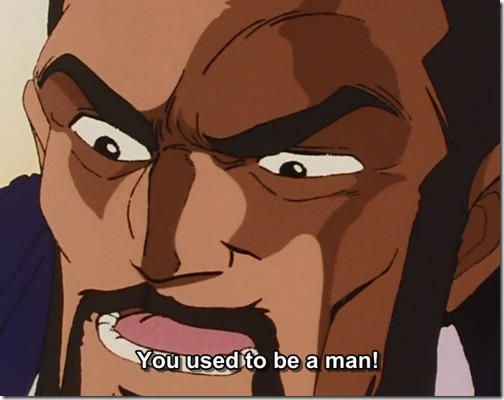
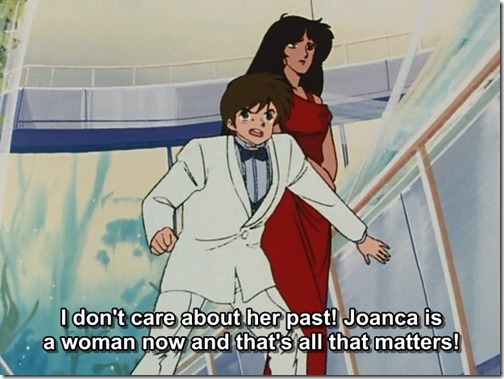
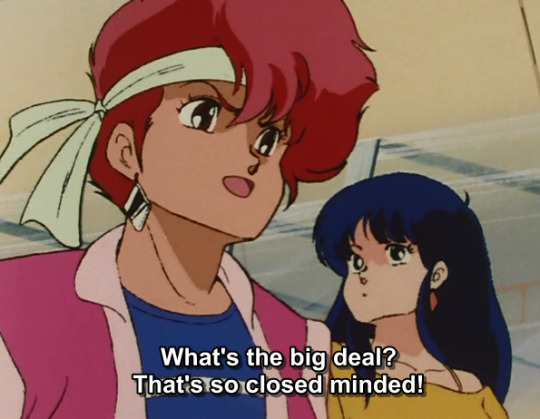

Dirty Pair (1985 anime) S1:E7 - “Love is Everything. Risk Your Life to Elope!!” (Watch the clip here)
This mid-80′s anime really said trans rights 🏳️⚧️
And interestingly enough, Joanca was voiced by Masako Katsuki, who would go on to voice another groundbreaking LGBTQ+ character nearly a decade later… Michiru Kaioh/Sailor Neptune!
62K notes
·
View notes
Text

Yveltal -- Masako Tomii
836 notes
·
View notes
Text

Gloom OBF 198 Illustration Rare by Masako Tomii from Scarlet & Violet—Obsidian Flames
#pokemon#pokemon tcg#pokemon cards#pokemon card game#pokemon sv#OBF#obsidian flames#Gloom#masako tomii#illustration rare#grass type#pokemon scarlet and violet
2K notes
·
View notes
Text



ミミとナナ (Mimi & Nana) by Watanabe Masako, 1962.
428 notes
·
View notes
Text















BEWITCHED
Weekly Margaret Issue 38 September 3, 1967 Written and Illustrated by Masako Watanabe Based on the episode "Oedipus Hex"
Original Japanese raw scans available here. Please don't repost without permission.
#Bewitched#Masako Watanabe#Weekly Margaret#Sailor Fun Comics#scanlation#mahou shoujo#magical girl#vintage manga#Okusama wa Majo#奥さまは魔女#わたなべまさこ
466 notes
·
View notes
Text

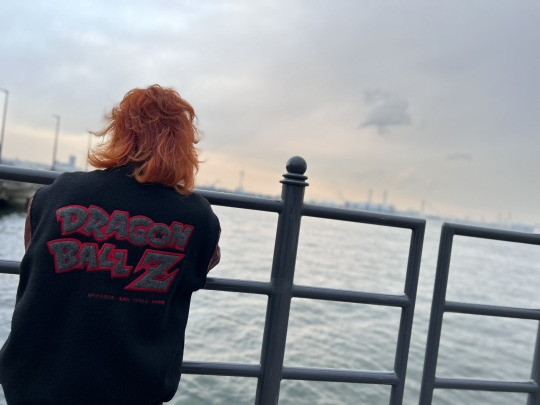
#Masako Nozawa#Goku#Son Goku#Dragon Ball#Dragon Ball Z#Dragon Ball Super#Dragon Ball Daima#DBS#DBZ#Akira Toriyama
943 notes
·
View notes
Photo

259 notes
·
View notes
Text

Majo ni Shiroi Hanataba o (1978) by Masako Sone
228 notes
·
View notes
Text

illus. Masako Tomii "Smolive" from Obsidian Flames
1K notes
·
View notes
Text










Kamome Diner (Naoko Ogigami, 2006)
#films watched in 2024#Kamome Diner#Kamome shokudo#Naoko Ogigami#Ogigami#2006#Satomi Kobayashi#Hairi Katagiri#drama#comedy#finland#kitchen#food#cook#cooking#swimming pool#Masako Motai#Japan#hands#restaurant#siete
200 notes
·
View notes
Text



Japanese Imperial Family - Empress Masako wears the Imperial Chrysanthemum Tiara with diamond drop earrings and a diamond necklace as she attends the State Banquet in their honour at Buckingham Palace in London, England | June 25, 2024
#royaltyedit#royaltygif#royal tiara#theroyalsandi#empress masako#empress masako of japan#imperila chrysanthemun tiara#japan state visit 2024#japanese imperial family#my gif
209 notes
·
View notes
Text
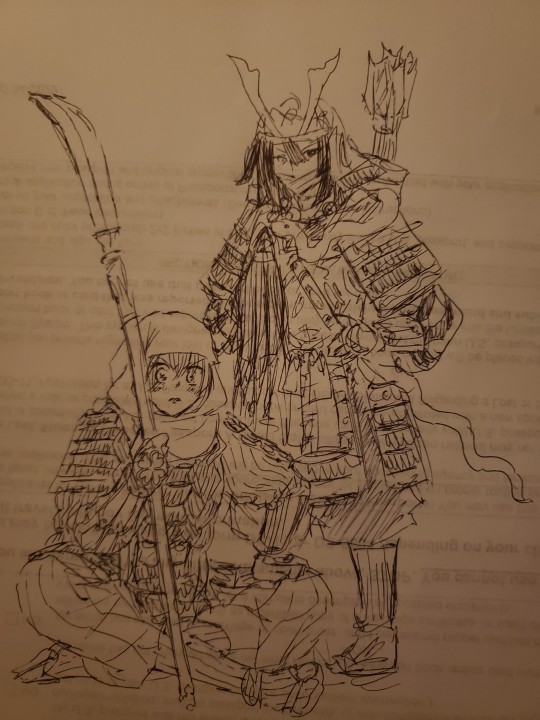
Wind down doodles while I am loopy on antibiotics, here's more Obatsune and Benmitsu
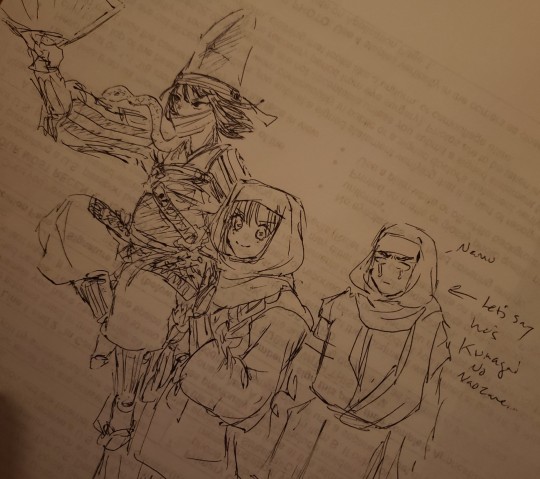
#himejima is objectively a better Benkei and has been Benkei in tge Kabuki collab#but I still like Benmitsu#also yeah Obatsune would be petty enough to dive into the water during a naval battle to retrieve his bow before any enemy can pick it up#and say anything about it being too small#if that enemy who looks like he'll pick it up is someone like Giyuu#but I guess Giyuu is a Taira in this AU even though I've made him a Minamoto in a mid-Heian period AU#i was also thinking that if Himejima is Kumagai no Naozane in this AU#or like Himegai no Naojima or something#then Genya could be tragic young Atsumori#which would make Sanemi a Taira too#hahahaha#but also I am undecided on if Obatsune should be trained by a tengu or not#Tengen can Yoshinaka so all three of his wives are collectively Tomoe Gozen#clearly The Iguro Cousin is Yoritomo#which makes Hojo Masako the snake demon?#i should sleep#my dumb art
147 notes
·
View notes
Text

Porygon -- Masako Yamashita
460 notes
·
View notes
Text

Masako Shimosugi
下杉正子
98 notes
·
View notes
Text
Western literature and shoujo manga.
If you're, like me, someone whose passion is old shoujo manga, you may have noticed that at least one or more of your favorite mangaka has written manga adaptations of famous American and European novels. But why ?
According to this essay by Kawabata Ariko and Murakami Riko, in the early 20th century, because there was no Internet, people had no choice but to rely on big bookstores to learn more about and to purchase foreign novels. It was therefore not common to read them. The Iena bookstore, located in Ginza, was a rare indie bookstore that sold art-related foreign books and, while unfortunately, the store has closed today, many shoujo mangaka remember going there often to look for reference material amongst foreign works.



Alice in Wonderland, Daddy Long Legs and Heidi translated in Japanese with covers by Setsuko Tamura in the 80s.
This other essay by Oogushi Hisayo states that foreign novels were only broadly introduced in Japan for young girls in the 30s. Famous girls' magazines (which are to be differentiated with shoujo magazines) such as Shoujokai (created in 1902), Shoujo no Sekai (created in 1906) and Shoujo no Tomo (created in 1908) started introducing Western literature in their issues from the 1930s to the 1940s. Works such as "The Little Princess", "Heidi", "Little Women", "Daddy Long Legs" and more were published in these girls' magazines, making them more known to the Japanese audience and resulting in shoujo manga adaptations in the following years.
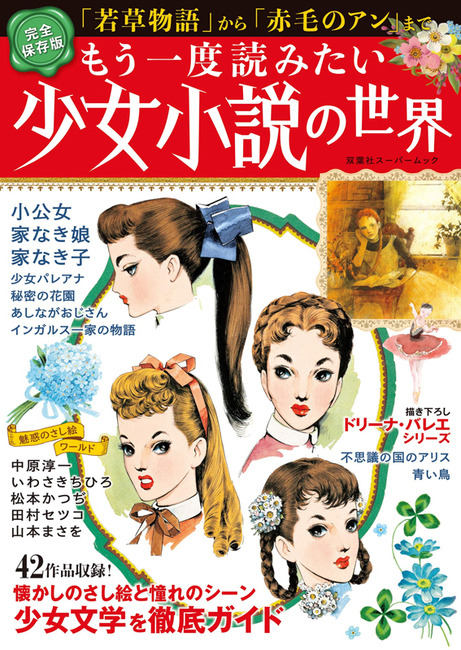
Little Women illustrated by Nakahara Junichi in the Girls' magazine Shoujo no Sekai.
Three works in particular seem to have gained a lot of popularity in the 40s: "Little Women" by Louisa May Alcott, "Heidi" by Johanna Spyri and "Anne of Green Gables" by Lucy Maud Montgomery. All three are coming of age stories of young girls, and all three have one theme that seems to stand out: family. In the aftermath of WW2, many Japanese lost their families and many young children became orphans. In such times, novels that showcased happy families comforted Japanese readers. The popularity of these three works did not end in the 40s though, since in the 70s and 80s, all three got their 50 episodes anime adaptation in the Calpis Gekijou series (also known as World Masterpiece Theater), which, by the way, I highly recommend watching.
It is to be noted that these three works also became popular because they showcased independent and developed female leads, which has since then become a staple of shoujo manga itself, regardless of genre.


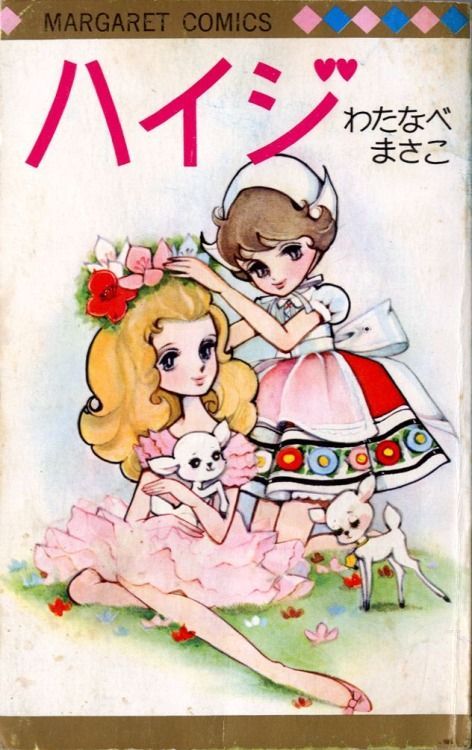
Heidi by Macoto Takahashi, Anne of Green Gables by Sakamoto Midori (1977) and Heidi by Watanabe Masako (1966).
In the 70s, a few mangaka published works that reminded critics of the "Bildungsroman". The Bildungsroman is a literary genre born in the 1800s in Germany, and it is a sub-category of the coming-of-age story. The Bildungsroman stands out from regular coming-of-age stories by focusing on the psychological and moral growth of its protagonist. Examples of that would be Moto Hagio with The Heart of Thomas in 1974 and Takemiya Keiko with Kaze to Ki no Uta in 1976 (though she never intended to write a Bildungsroman). The West was still shown in a more traditional version in these works, as both stories take place in old catholic boarding schools.
Similarly to how Audrey Hepburn, a Hollywood actress, was seen as a fashion leader in Japan (more about that on my other post about her influence on shoujo), Japanese people at the time had an idealized view of the West and anything from the Western world seemed fashionable and trendy. A great example of that is Sanrio. If you look at early Sanrio characters, a lot of them are from the West: Hello Kitty is British, the Little Twin Stars were inspired by Christmas, My Melody by the little red riding hood, Jimmy & Patty are American etc.
This view of the West began to shift in the 80s and the western literature that inspired shoujo mangaka started to change as well. Instead of comforting, idyllic stories about family life in a traditional American or European country side or stories taking place in traditional European catholic schools, manga inspired by more realistic and contemporary works started publishing. For example, Banana Fish by Akimi Yoshida (1985) draws inspiration from "A Perfect Day for Bananafish" by J.D. Salinger and two of Hemingway's works: "The Snows of Kilimanjaro" and "Islands in the Streams". All three of these focus on either modern issues like overconsumption or darker themes like death and loneliness. The change can also be seen in the gender and age of the protagonists. Instead of being about young teen girls that shoujo readers could identify with, Banana Fish is about adult men. The inspiration is also a lot more loose, and instead of an adaptation, there are only references to J.D. Salinger and Hemingway's works throughout the manga.
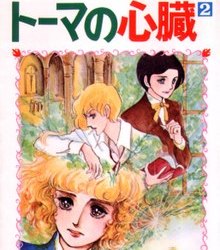


The Heart of Thomas by Moto Hagio (1974), Banana Fish by Akimi Yoshida (1985) and Alice in Wonderland by Mutsu A-ko (1983).
To conclude my post, I really wanted to include this line from the essay by Oogushi Hisayo: If America (can apply to the West as a whole) was once the backdrop of stories for those who yearned to read about "somewhere that is not here", it has, from the 80s onward, become the backdrop of stories for those who yearned to read about "the now and here".
#shoujo history#shoujo#vintage shoujo#retro shoujo#60s manga#70s manga#80s manga#nakahara junichi#watanabe masako#takahashi macoto#heidi#anne of green gables#little women#the little princess#vintage manga#setsuko tamura#banana fish#akimi yoshida#40s#manga history#shoujo manga#moto hagio#keiko takemiya
241 notes
·
View notes
Text










1211. Masako Hayashi /// Bipolar House /// Kitasaku District, Nagano, Japan /// 1990-91
OfHouses presents: Japanese Fields OfHouses, part XVI. (Photos: © Shinkenchiku-sha. Source: ‘Jutakutokushu’ 01/1992.) — This project will be published in our upcoming book: ’Japanese Fields | OfHouses.’
#Fields16#Masako Hayashi#japan#90s#ofhouses#oldforgottenhouses#www.ofhouses.com#thecollectionofhouses#japanesefieldsofhouses
93 notes
·
View notes